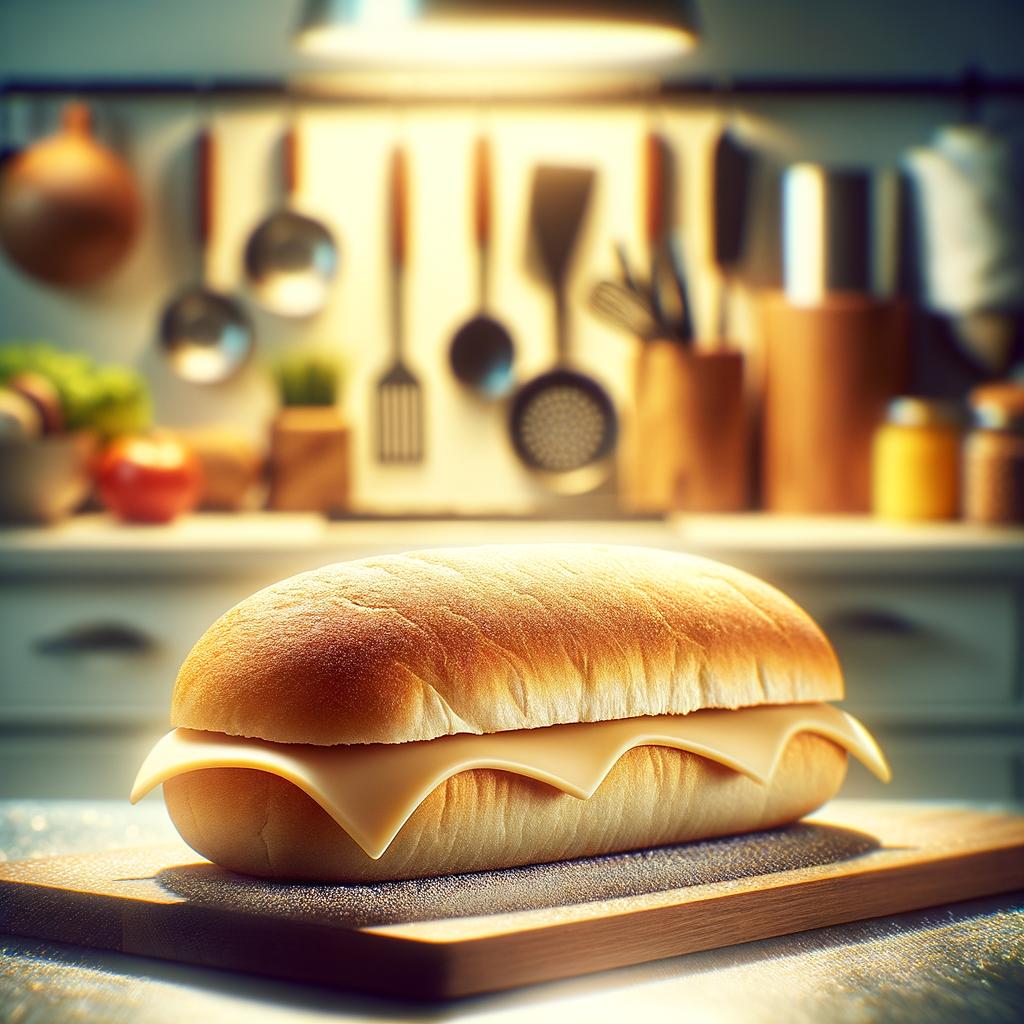Submarine Sandwich Bread

Description Submarine sandwich bread, often referred to as a "sub roll" or "hoagie roll," is a long, narrow loaf of bread that forms the backbone of the beloved submarine sandwich. Its exterior is typically golden-brown with a slightly crisp crust, while the interior is soft, chewy, and slightly dense. The flavor profile is subtly sweet and yeasty, offering a neutral canvas that allows the sandwich fillings to shine. The unique characteristic of submarine sandwich bread is its size and shape, which is designed to hold a variety of ingredients without falling apart, distinguishing it from other types of bread.
Primary Uses Submarine sandwich bread is primarily used to construct the submarine sandwich, a culinary staple in American and Italian-American cuisine. It's designed to hold a variety of cold cuts, cheeses, vegetables, and sauces, creating a symphony of flavors in every bite. Beyond the realm of sandwiches, this bread can also be used to make garlic bread or even as a base for homemade pizza. Its non-culinary uses are mainly symbolic, often used in food competitions and challenges, representing the American love for hearty, wholesome meals.
History The submarine sandwich bread has a fascinating history. Its name is derived from its resemblance to a submarine. The creation of this bread is often attributed to Italian immigrants in the Northeastern United States in the early 20th century, specifically in cities like Philadelphia, New York, and Boston. Its use and popularity have evolved over time, with submarine sandwiches transitioning from a simple, inexpensive lunch option for working-class individuals to a beloved, customizable meal enjoyed by all. There are also several urban legends and stories associated with this bread, including tales of sandwich shops that would hollow out the bread to fit more fillings, leading to the now-popular "scooping" technique.
Nutritional Information Submarine sandwich bread is a good source of carbohydrates, providing energy for the body. It also contains small amounts of protein, fiber, and a variety of minerals like calcium and iron. However, it is also relatively high in sodium and can be high in sugars, depending on the recipe. Compared to whole grain bread, it may contain fewer nutrients and fiber, but its unique shape and size make it a preferable choice for hearty sandwiches. As with all foods, moderation is key to incorporating submarine sandwich bread into a balanced diet.

